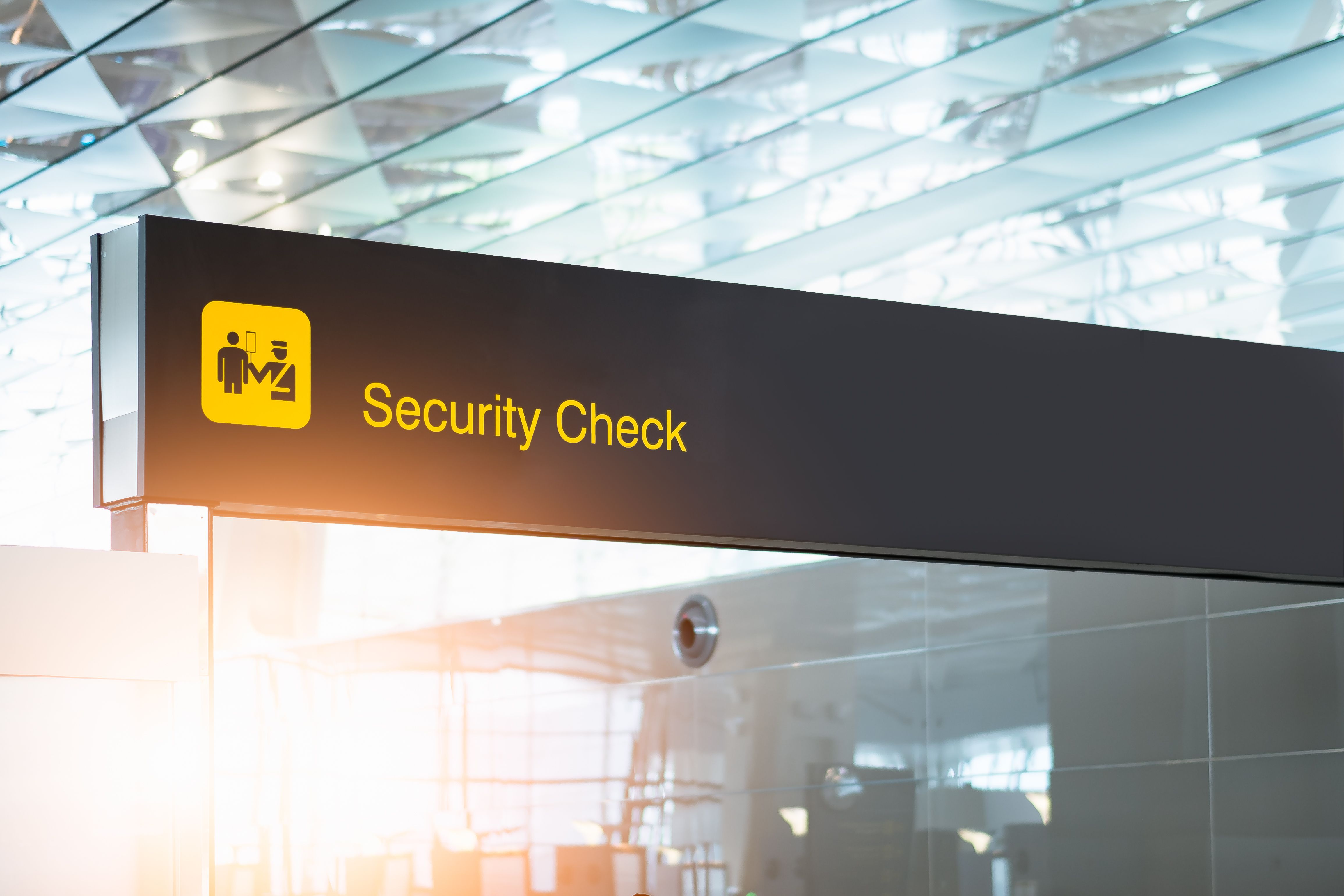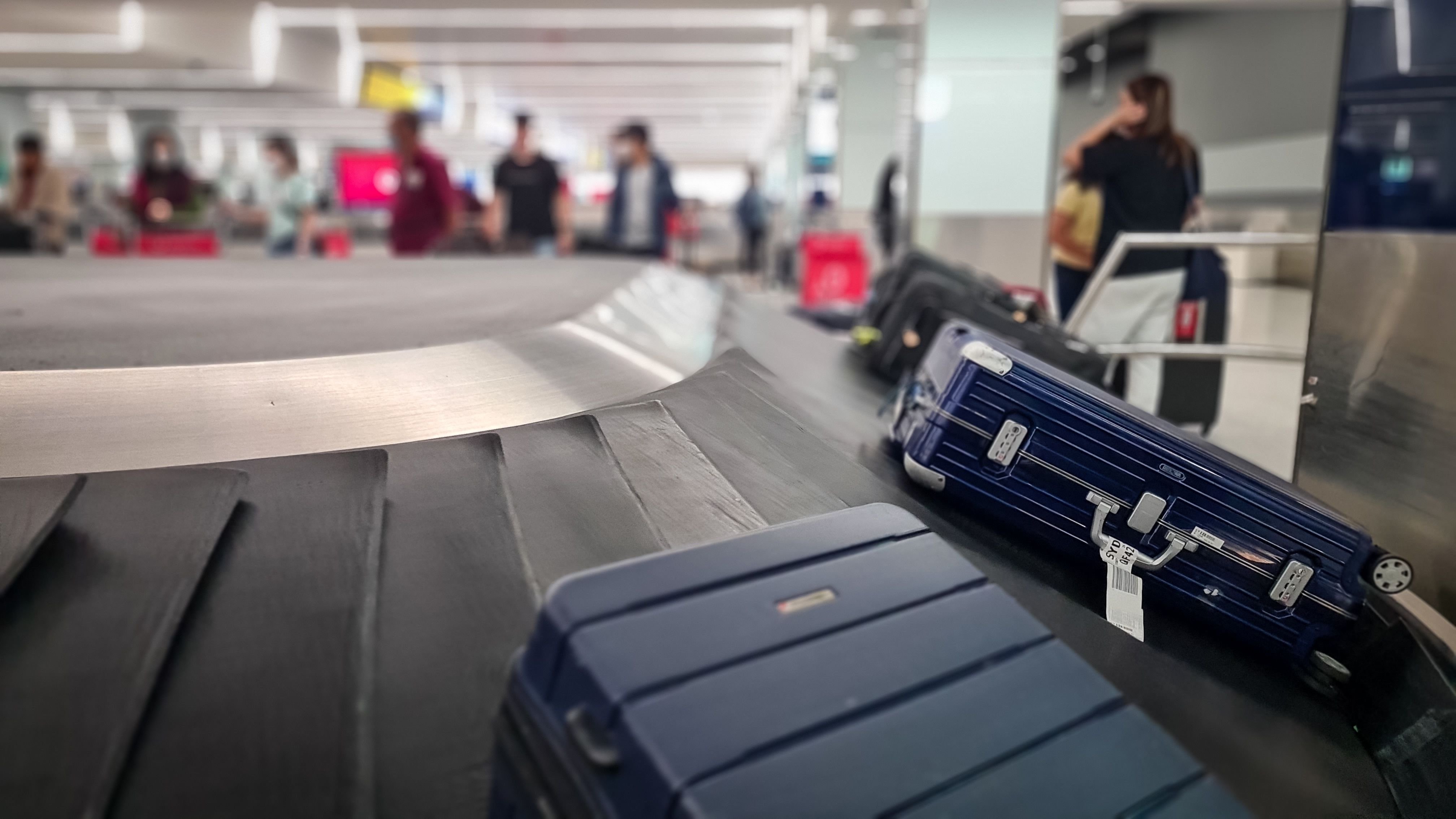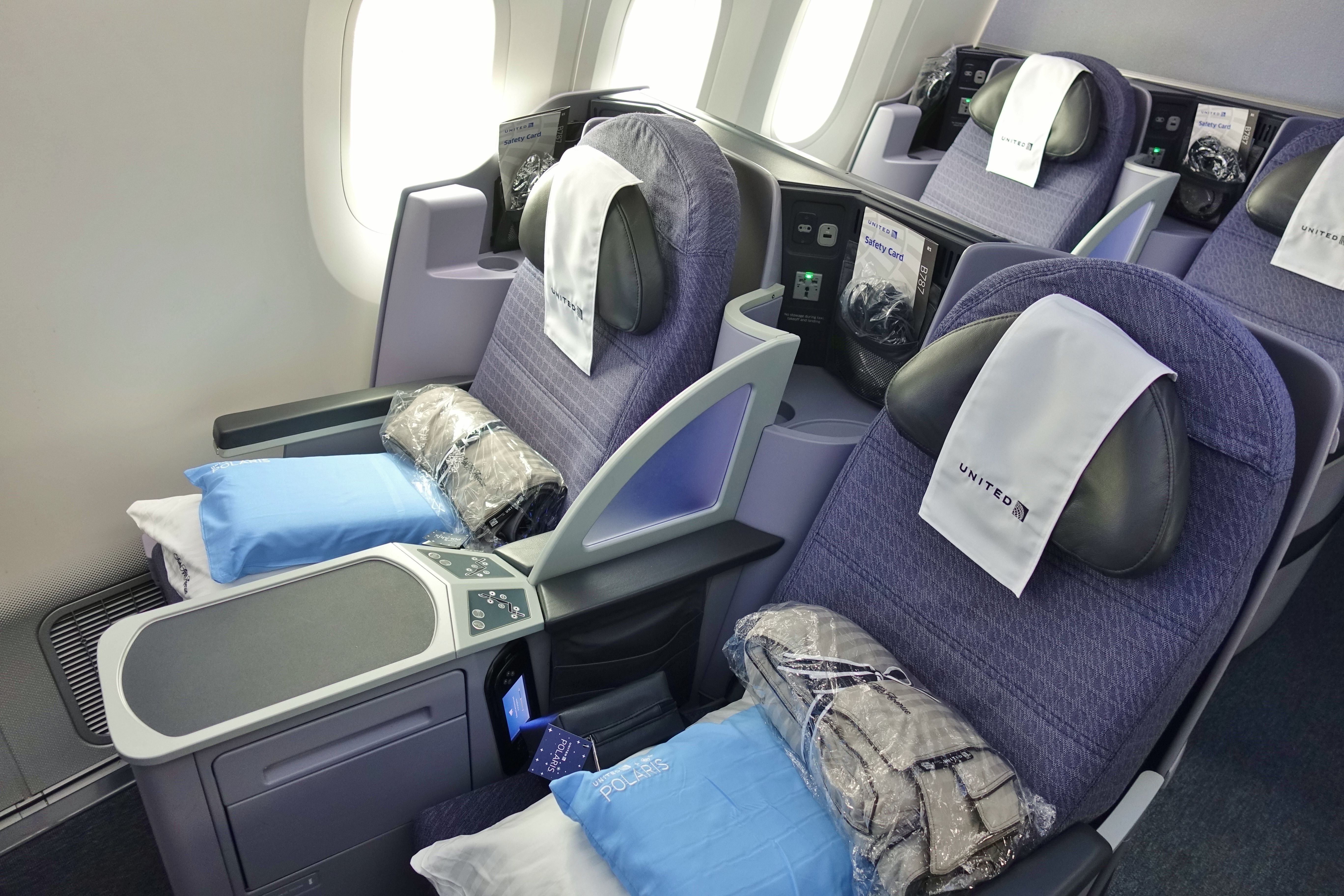Summary
- Properly planning your connecting itinerary is essential for a seamless travel experience. Consider transfer times, especially if passing through security or passport control, to avoid potential problems.
- Deciding whether to check your baggage or travel with only carry-on luggage is a crucial choice. Checking bags increases the risk of lost or delayed baggage, while carrying on limits what you can bring. Pack efficiently and have essentials in your carry-on, just in case.
- Choosing the right connecting airport with excellent amenities can make your layover more enjoyable. Look for comfortable lounges, diverse food options, and entertainment.
Air travel often involves connecting flights, and connecting flights can add an extra layer of complexity to your journey. Properly planning a connecting itinerary can help ensure a seamless travel experience and minimize potential hiccups along the way. From transfer times to baggage choices, airport amenities to booking strategies, and even upgrade considerations, here are a few tips to make your connections as smooth as possible.
1 Transfer times
One of the important considerations when planning a connecting itinerary is transfer times between flights. Opting for a layover with only minutes between flights might lead to a mad dash across the airport. If traveling internationally, short layovers might lead to additional problems, especially if the connection involves passing through passport control or other security checkpoints.
Too long of a layover is certainly safer, but should still be balanced with a timeline that feels reasonable. Unless you have the time and interest in leaving the airport for a while to explore the local surroundings, sitting for hours in an airport can certainly lead to boredom and feeling like you are simply wasting time. There are ways to make long layovers a little bit better, though.
Especially when connecting through larger or unfamiliar airports, it might be a good idea to allow for a layover of at least an hour if traveling domestically, and perhaps a bit more when traveling internationally. This time cushion can help account for possible delays, terminal changes, security checks and, sometimes, confusion navigating the airport.
2 To check or not to check
While checking your baggage can alleviate the hassle of lugging it around during layovers, it comes with its own set of risks on connecting flights. Lost or delayed baggage is more likely on connecting flights, when baggage must transfer from at least one plane to another. Lost bags can easily disrupt travel plans or put limits on what you can do when at your destination.
Traveling with only carry-on luggage limits what you can bring, and may not be practical on longer trips or when traveling with a group. Still, if choosing not to check bags is a practical option, doing so reduces waiting times after landing and eliminates the risk of your belongings being lost. Prioritize packing light and efficiently, following airline size and weight guidelines.
If you do choose to check baggage, ensure you have essentials like a change of clothes and toiletries in your carry-on, just in case.
3 Choose the right connecting airport
Choosing a connecting airport with excellent amenities can transform a mundane layover into a pleasant experience. Many airports offer comfortable lounges, diverse food options, and even various entertainment options. Research the layover airport before booking your flight and, if available for your itinerary, opt for ones known for their amenities.
Lounges can provide a quiet space to relax, work, or freshen up. Access to various dining options allows you to savor quality foods or enjoy international flavors. Additionally, entertainment options like shopping, art installations, or even spa services can make your layover enjoyable. Utilizing these facilities not only keeps you engaged but also minimizes the stress of long layovers.
Keep in mind that, depending on your airline program status or even the credit cards you hold, you might have access to exclusive amenities. It may be worthwhile to connect at airports that align with your memberships and statuses.
4 Pitfalls of separate ticket bookings
While booking connecting flights on separate tickets can help save money, there are risks. If you book a flight with one airline and the connecting flight separately, airlines are not obligated to help you if you miss the connection due to delays. This can lead to extra costs and logistical nightmares.
While it's possible to save money with separate bookings, consider the potential downsides carefully. If you do choose this route, ensure ample time between flights and have a backup plan in case of delays. On the other hand, booking a single itinerary with a single airline offers better protection in case of missed connections, as the airline will typically assist you with rebooking.
Get the latest aviation news straight to your inbox: Sign up for our newsletters today.
5 Are upgrades worth it?
When considering upgrades for your connecting flights, consider whether the upgrade is available on every leg of your journey, and whether that is a dealbreaker for you. Upgrading to premium economy for a long-haul journey can offer a lot of benefits, but if you have a connecting flight, a premium economy product may not be available for both flights.
Research the specific flight routes and airlines to determine if the upgrade is worth it for you. Keep in mind that comfort on the longest leg of the journey often has a more significant impact on your overall travel experience. If the shorter leg lacks premium options, you might find that the standard seating is acceptable for the duration.
Planning a connecting itinerary requires careful consideration of transfer times, baggage choices, airport amenities, booking strategies, and potential upgrades. By allowing ample time between flights, packing strategically, choosing well-equipped airports, being cautious with separate ticket bookings, and evaluating upgrade benefits, you can enhance your travel experience and minimize potential complications.
Remember that a well-planned connecting itinerary not only ensures a smoother journey but also lets you make the most of your travel.






